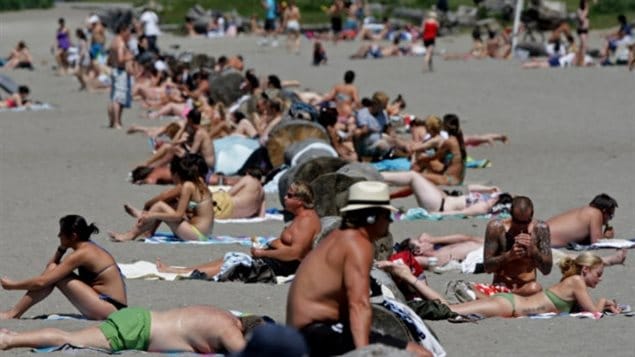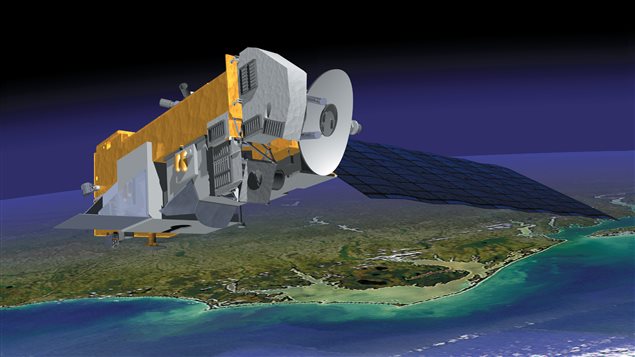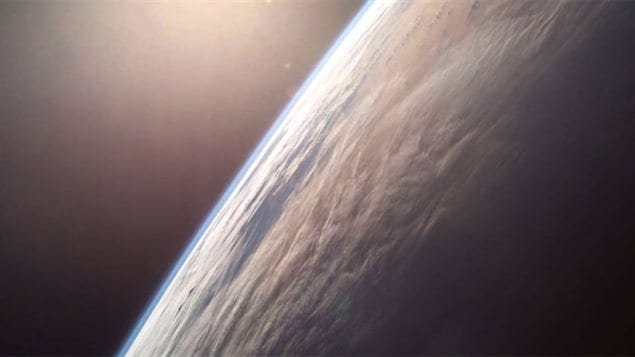Decades ago scientists sounded the alarm that a large hole in the Earth’s ozone layer had formed over Antarctica.
The ozone layer protects the Earth, and our skin and eyes, by absorbing much of the sun’s harmful ultraviolet radiation.
NASA research now says it’s clear that an international accord to protect the ozone layer, is working. The reduction in the peak size of the hole was discovered in September last year, but only now has been clearly linked to the results of an international effort to deal with the concern.

“The Montreal Protocol stands as a tremendously encouraging example of what people can accomplish with determination” D Tarasick climate scientist, Canada
After discovering the growing hole in the ozone layer over Antarctica in the 1980’s, additional research led to the knowledge that man-made chemicals, chlorofluorocarbons (CFC’s) were the major cause. Because of the seriousness of the issue, politicians worldwide joined together in 1987, to sign an international action to regulate the use of CFC’s. In 1989, the accord known as the “Montreal Protocol” was extended and led to the complete phasing out of CFC’s in almost all products.
Quoted in the National Post, David Tarasick, a federal scientist at Environment and Climate Change Canada, said, “Banning them was a global undertaking that seemed impossible at first. The Montreal Protocol stands as a tremendously encouraging example of what people can accomplish with determination — and solid science to back them up”.
NASA animation- YouTube
The chemicals were used as refrigerants, in solvents, aerosol sprays and others products. When released into the air they rise into the stratosphere where the sun’s radiation breaks them down releasing chlorine atoms which in turn destroy the ozone molecules.
The NASA report was published January 4, in the science journal Geophysical Research Letters. (available HERE)
Using satellite sensors, NASA says ozone depletion over the Antarctic is now about 20 per cent less than it was in 2005 when the satellite began measuring chlorine and ozone every winter. They say it is now the smallest it’s been since 1988.

Using technological analysis of chemicals in the stratosphere, the NASA team said the reduction in ozone depletion can be directly linked to the reduction of CFC’s.
Some projections indicated that without the ban on CFC’s, a majority of the ozone layer would have been destroyed by mid-century, and skin cancer rates would soar.
As CFC molecules last a very long time, the lead author of the NASA study, atmospheric scientist Dr Susan Strahan, say the annual ozone hole will likely not close until at least 2060.
Additional information – sources
- NASA- proof Montreal accord works
- NOAA- cloroflourocarbons
- National Post: D Quan: Jan 8/18: great success-Montreal Protocol
- India Today: Jan 6/18: ozone hole shrinking, thanks to Montreal Protocol
- Tech Times: A Mamlit: Jan 7/18:plan to save ozone working
- Global TV: R Joseph: Jan 6/18: ozone hole recovering







For reasons beyond our control, and for an undetermined period of time, our comment section is now closed. However, our social networks remain open to your contributions.